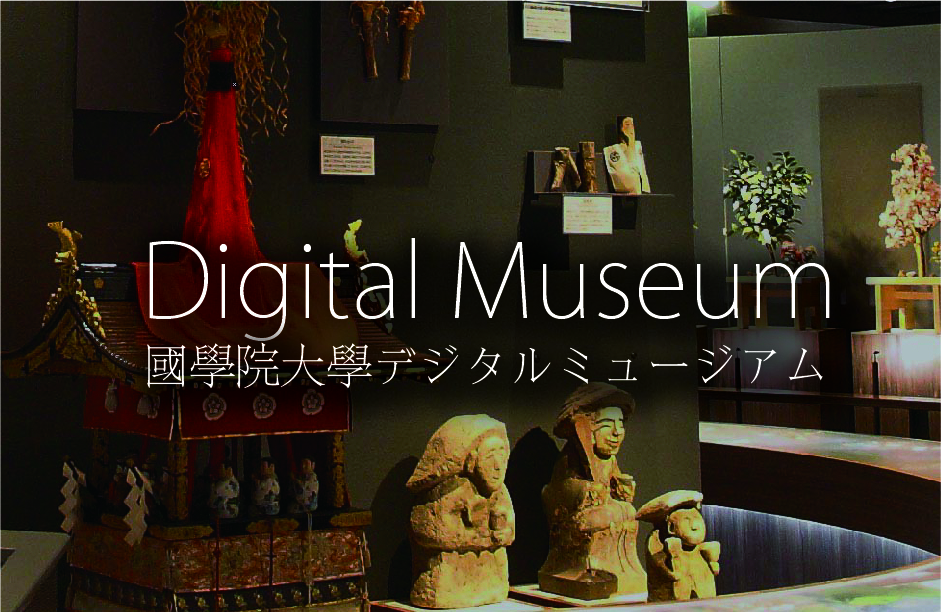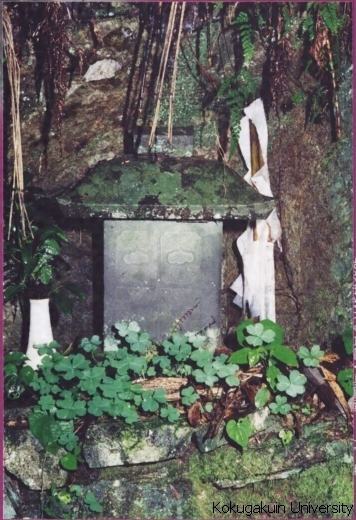- トップ
- Encyclopedia of Shinto
- Jinushigami
Encyclopedia of Shinto
| Main Menu: | |
| Links: |
詳細表示 (Complete Article)
| カテゴリー1: | 2. Kami (Deities) |
|---|---|
| カテゴリー2: | Kami in Folk Religion |
| Title | Jinushigami |
| Text | "Land-master-kami," a tutelary of an area of land. Also known as jigami, tochigami, chi no kami (or ji no kami), and jinushisama. Land tutelary kami have been enshrined since ancient times, as evidenced by the mention of jigami and tochigami found in the early work Hitachi no kuni fudoki, in its section on the district of Ibaragi. The ninth-century century compilation of legends Kogo shūi likewise mentions a land tutelary called Ōtokonushi no kami, and the tenth-century Engishiki's entry for the Saigū toshigoi festival describes a jinushigami as one of the deities to whom offerings are made. Jinushigami were originally created upon the occasion of the opening of new land, with the purpose of obtaining permission from the resident chthonic kami, or of confining the kami within the land so that it might not curse humans living nearby. Jinushigami can be broadly classified into those which are the ancestral kami (sojin) of the pioneer developers of a region, and those which are the original ancestral kami of a consanguineous clan. Examples of the first type include the shrine of Jinushi Daimyōjin in Tsushima-machi, Ehime Prefecture, which enshrines the spirit of the local gentry Matsura Yamashiro-no-mori, and the Jinushi Jinja at Kiyomizu Temple in Kyoto, which enshrines Sakanoue no Tamuramaro, a figure closely associated with the original founding of the temple. A typical example of the latter kind is the shrine Tanzan Jinja in Nara Prefecture, which enshrines the spirit of Fujiwara Kamatari. The present-day popular cult of jinushigami involves an original identity as kami to which has been added other ancilary characteristics which take on special emphasis; as a result, jinushigami are found in diverse forms, and many share the characteristics of other kami such as kōjin, ta no kami, or marōdo no kami. Objects serving to represent the jinushigami (see shintai) may include natural stones, small stone stelae, diminutive shrines (hokora), or simply a bunch of new rice straw or a ritual implement known as gohei (a small standing stick adorned with cut-paper streamers). The place where jinushigami are enshrined also varies; some shrines are found on small mounds or in groves, while others are found installed in one corner of the home's property or on a hilltop behind the home, in the same way as the kami of the house (yashikigami). In some areas, the jinushigami is viewed as a tutelary of the family tomb, and individuals are believed to become jinushigami after a certain period following death. Most jinushigami are enshrined by old stem families with longstanding status in their localities, but some new ones are dedicated by cadet (branch) households, or upon the construction of new dwellings. -Matsubara Seiji |





